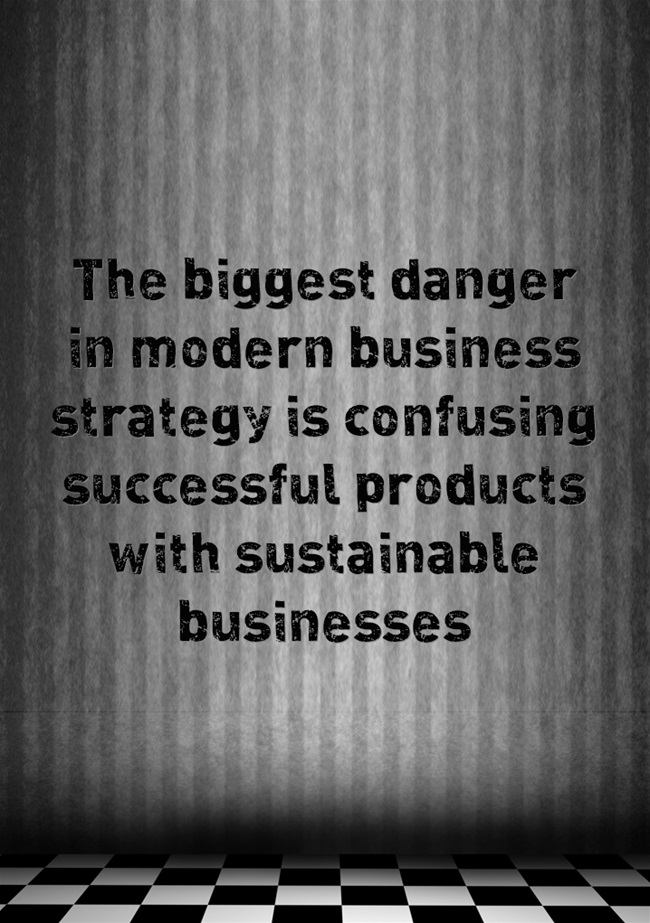It is a slam dunk on the brilliance of the move – Paypal investing $500 million in Uber through the planned IPO. Uber needs a solid payment processor to win new markets and territories as it transmutes to become a super-app while Paypal needs a platform where people are buying and paying regularly. The one-off payment structure is stale; Uber offers the future that will drive processing volume for Paypal.
Online payments company PayPal plans to invest $500 million in Uber Technologies as the ride-hailing firm unveiled terms for its initial public offering on Friday, Refinitiv IFR reported.
PayPal will invest in Uber through a concurrent private placement at the IPO price, IFR reported on Thursday, citing sources.
A financial services component is important to Uber as it works to expand into a “superapp” of logistics and transportation services.
Superapps are applications where customers go for a range of services, such as transportation, shopping and payments. Such companies can be much more lucrative than those that offer just one core business or service.
If Paypal assumes the default payment gateway for processing Uber payments in most leading global markets, it will be a big win. Uber runs 14 million trips a day, with most paid with a credit card. Simply, if Paypal takes processing those charges, any investment in Uber will return a win, even if Uber stock tanks! That is why the planned Paypal investment in Uber is a brilliant one.







